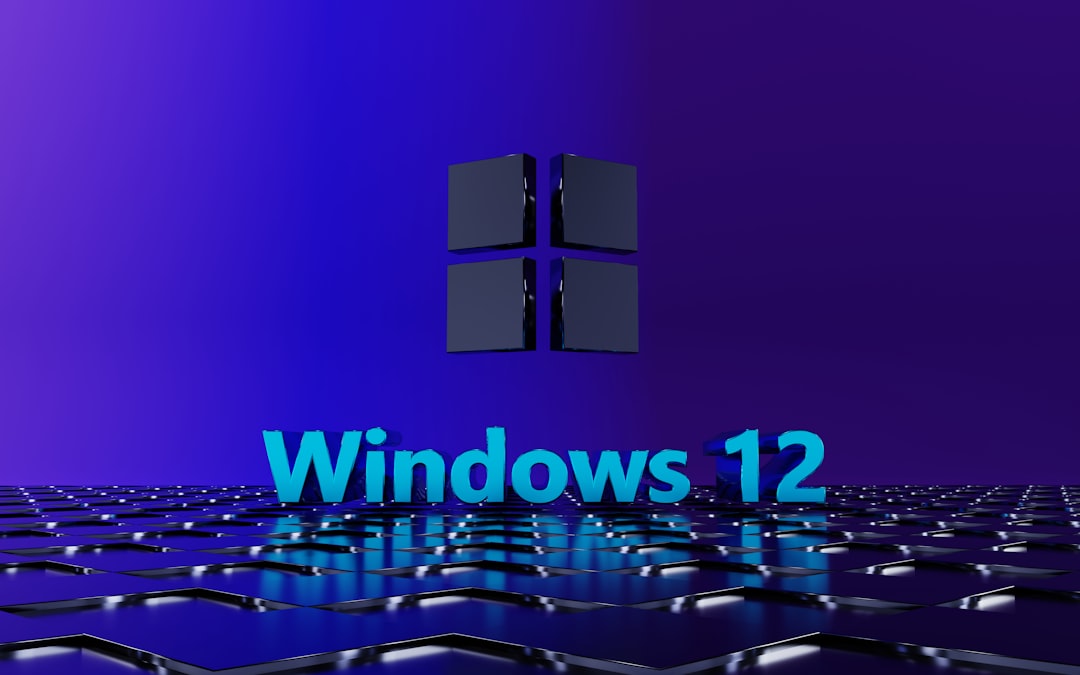Windows 11 brings a host of modern features and improvements over its predecessors, but not every automatic feature is welcomed by all users. One such feature is the automatic installation of device drivers. While this can be convenient for many, power users and IT professionals may prefer to maintain stricter control over which drivers are installed and when. Fortunately, Windows 11 provides ways to stop Windows from automatically installing device drivers – and it doesn’t require any advanced tech skills.
In this guide, we’ll walk you through several methods to prevent Windows 11 from auto-installing drivers, letting you take charge of your system’s hardware control.
Why You May Want to Stop Auto-Installation
At first glance, letting Windows 11 manage drivers seems like a great idea. It ensures your devices are always up-to-date and reduces manual effort. However, in some scenarios, this feature does more harm than good:
- Compatibility Issues: Automatic updates can replace working drivers with versions that cause problems.
- Resource Conflicts: Newer drivers may have bugs or introduce unwanted changes.
- Legacy Hardware Support: Older devices might require specific driver versions not available through Windows Update.
If any of these concerns resonate with you, it might be time to take control of driver installation.
Method 1: Change Device Installation Settings
This is the simplest way to stop Windows from automatically installing driver updates.
- Press the Windows key, type Control Panel, and press Enter.
- Select System and then click on Advanced system settings.
- Under the Hardware tab, click Device Installation Settings.
- When prompted “Do you want to automatically download manufacturers’ apps and custom icons for your devices?”, select No (your device might not work as expected).
- Click Save Changes.
This change tells the system not to automatically search for and install new drivers through Windows Update.

Method 2: Use Group Policy Editor (For Windows 11 Pro and Above)
If you’re using Windows 11 Pro, Enterprise, or Education, the Group Policy Editor gives you more precise control.
- Press Windows + R to open the Run dialog, type gpedit.msc, and hit Enter.
- Navigate to Computer Configuration > Administrative Templates > Windows Components > Windows Update > Manage updates offered from Windows Update.
- Find and double-click on Do not include drivers with Windows Updates.
- Select Enabled, then click Apply and OK.
This will block Windows Update from including driver updates, though manual driver installations will still be possible.
Method 3: Use Registry Editor (Use With Caution)
If you’re comfortable tweaking the Windows Registry, follow these steps to disable automatic driver updates.
- Press Windows + R, type regedit, and press Enter.
- Navigate to:
- If the WindowsUpdate key doesn’t exist, right-click on Windows and select New > Key, then name it WindowsUpdate.
- Right-click on the right pane, select New > DWORD (32-bit) Value, and name it ExcludeWUDriversInQualityUpdate.
- Double-click it and set the value to 1.
HKEY_LOCAL_MACHINE\SOFTWARE\Policies\Microsoft\Windows\WindowsUpdate
Close the Registry Editor and restart your PC. This manual change tells Windows not to include drivers in quality updates.
Bonus Tip: Use a Third-Party Driver Management Tool
Some users turn to third-party software to manage drivers manually and prevent unwanted updates. Tools like Driver Booster or Snappy Driver Installer let you create backup points, block certain updates, and pick the version you prefer.

What Happens After You Disable Auto-Installation
Once you’ve disabled automatic driver installation, Windows 11 will no longer fetch drivers through Windows Update. However, new hardware might not function properly until you manually install the appropriate drivers from the manufacturer’s website. It’s crucial to make regular backups and keep a library of your most-used drivers, especially if you’re managing multiple systems or devices.
Conclusion
While automatic driver updates are convenient, they don’t always align with the specific needs of advanced users. Whether for system stability, legacy hardware, or customized performance, knowing how to stop Windows 11 from auto-installing drivers puts you in full control of your PC. Choose the method that matches your comfort level, and enjoy the freedom of a more predictable and customizable computing experience.



![Fix “Can’t Locate CGI.pm” Error on Windows [Step-by-Step] a screen with a picture of a person’s face on it perl script error console windows](https://esmepatterson.com/wp-content/uploads/2025/09/a-screen-with-a-picture-of-a-persons-face-on-it-perl-script-error-console-windows-60x60.jpg)
